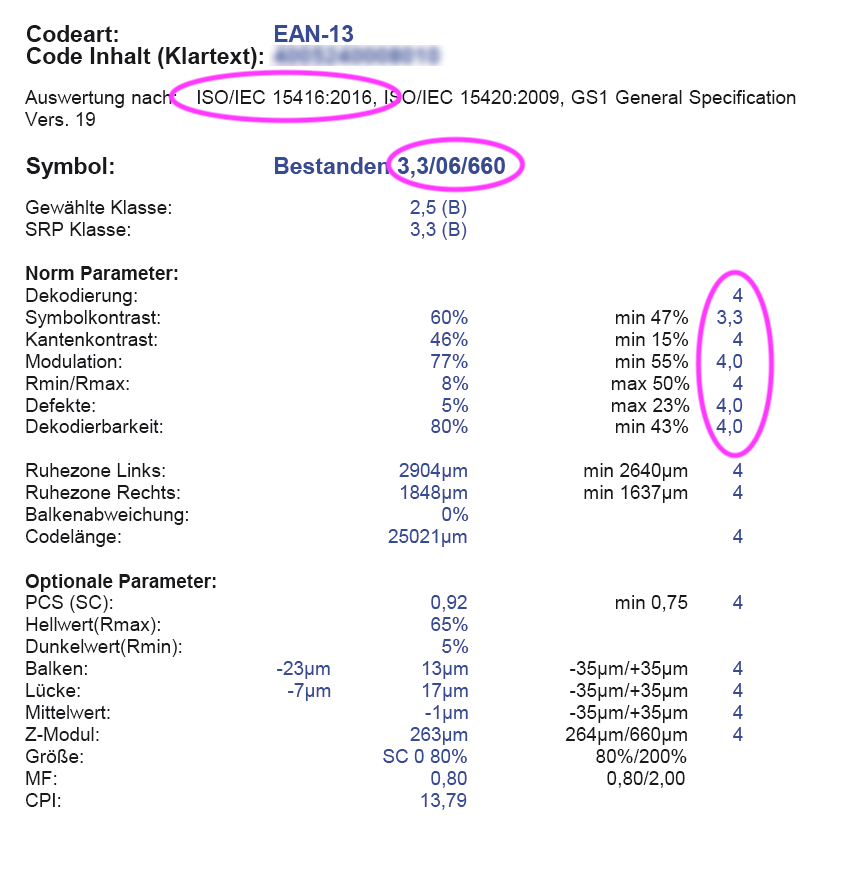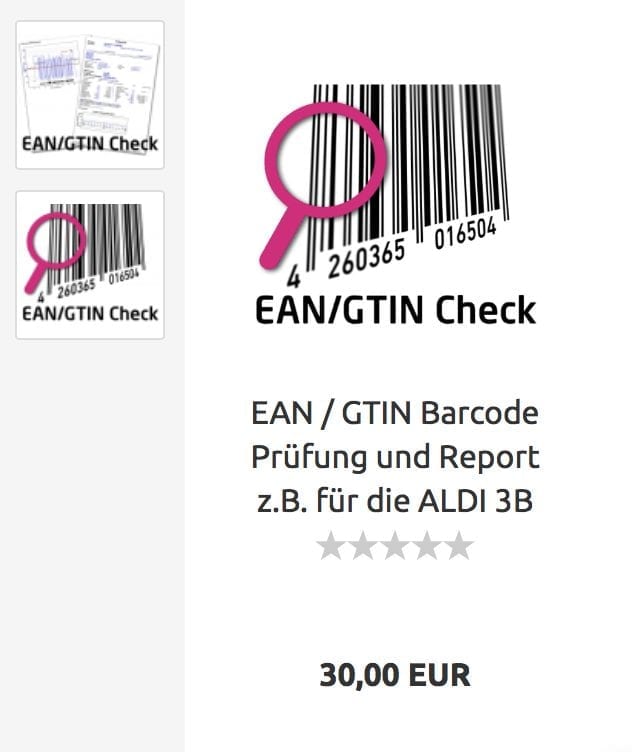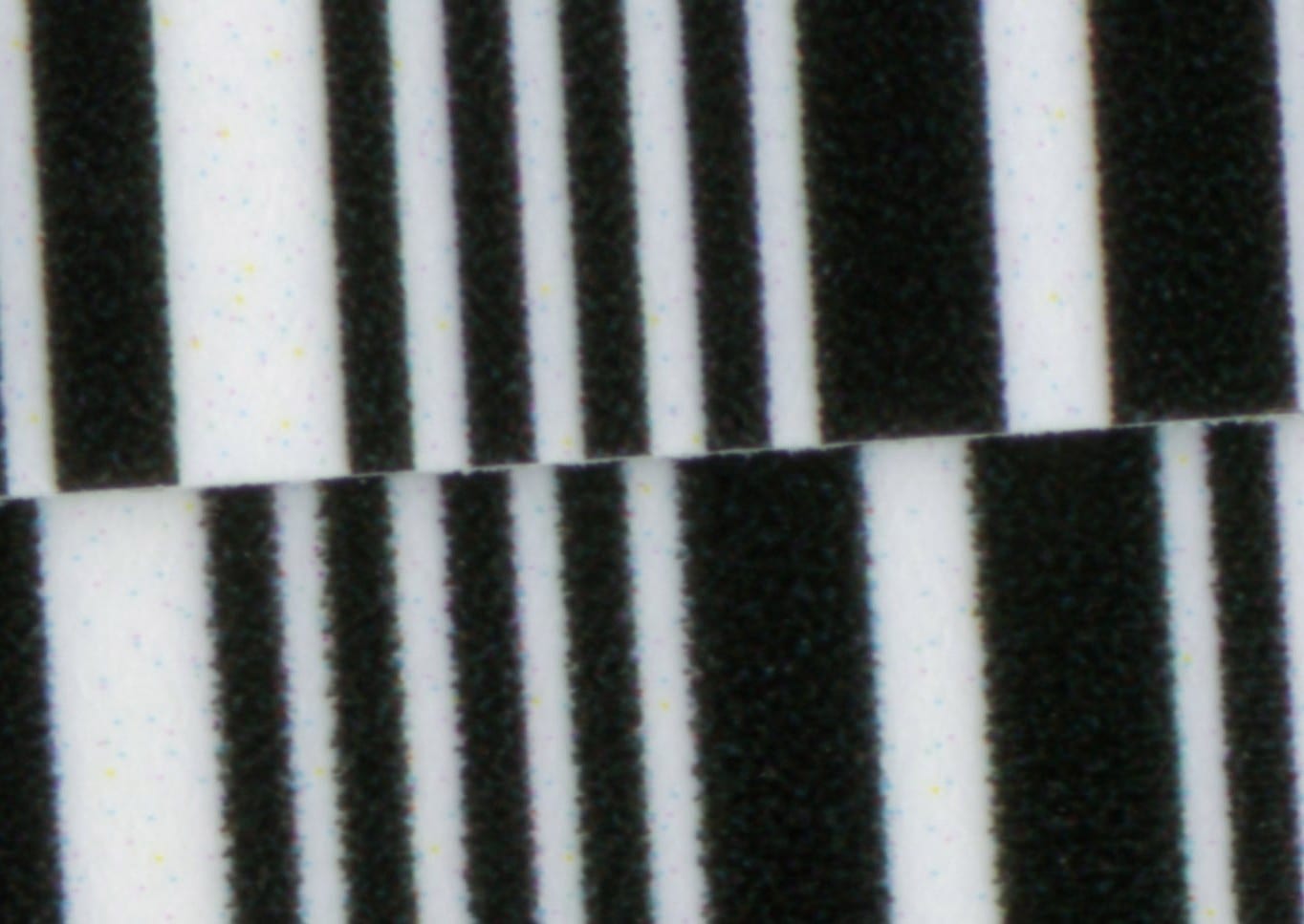EAN codes are standard on every product today. While in the good old days, shopowners themselves typed the prices into a cash register by hand, today scanner cash registers are the rule, which scan standardized EAN codes with a laser and thus clearly recognize the article and add it to the receipt.
EAN, by the way, stands for “European Article Number” and was replaced in 2009 by the global GTIN, “Global Trade Item Number”. The EAN or GTIN is a barcode that can be read automatically and read by barcode readers.
For graphic designers in Europe, two standards from the almost infinite number of EAN codes in use worldwide are primarily important in the product area. EAN 13 and EAN 8, i.e. a barcode of either 13 or 8 digits. What do these numbers actually mean?



